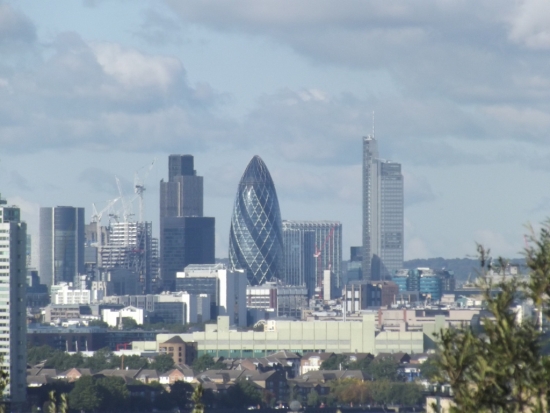London’s skyline has changed dramatically over the last few decades, especially this year as construction of the second largest building in Europe was completed in March. The Shard will officially open to the public next year, complete with offices and a viewing platform to see London’s spectacular skyline in all its glory. But what is the future of commercial developments in London and how might the skyline look in decades to come?

The BBC investigated this question and found that London’s skyline may actually look exactly how it does today. How is this possible, you may be asking? Well let’s take a look at the skyscrapers that were granted planning permission in London, but were either never started or stopped midway through.
Simon Rawlinson, property consultant at EC Harris believes there are a few factors that can make or break a development.
He said: “At the moment if you don’t have a tenant you don’t have a project, so you don’t bother. Getting money to develop now is harder than it has been in 20 years.
“Projects have been cancelled or delayed in the past 12 months because they thought they had a pre-let and that fell away. Those projects had to be mothballed. Getting the tenant is absolutely critical.”
However, the chairman of London’s Centre for the Built Environment, Peter Murray, believes the capital will “bounce back”.
He said: “I’ve seen four recessions during my career – and in each one I’ve heard people say, ‘Look at all this empty office space, why do we need it?’ And after each one as the economy has improved, it has become occupied.
“In the long term I am very optimistic about the City, because the City has shown throughout history that it is able to deal with pestilence, bombing, blitzes, fires, all those things.”
How do you feel about London’s skyline? Do you think the city will ‘bounce back’ and construction on the above projects will start-up, or do you think developers will continue to seek pre-lets before even bringing a digger to the site?
Previous Post
High Street Vacancy Rate More Than One in Ten